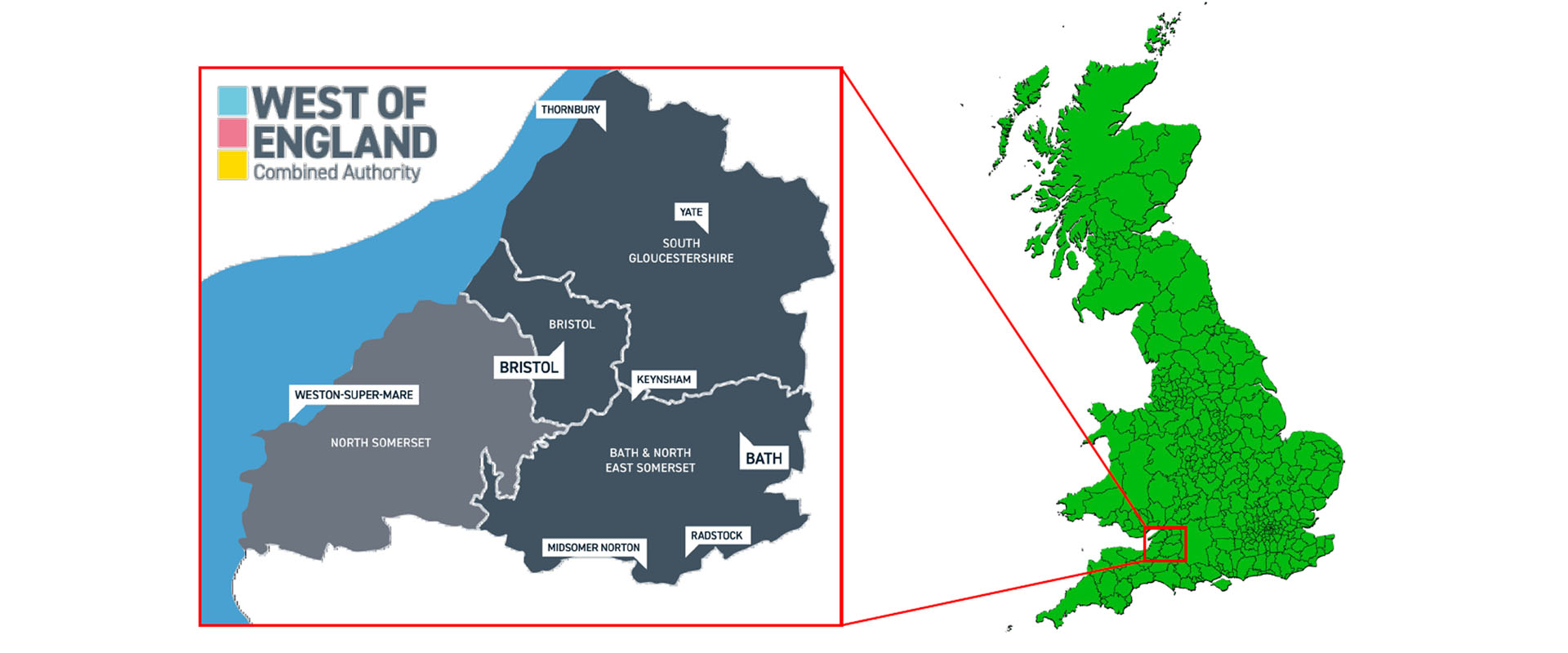I’ve just joined a newly formed team here at Mitsubishi Electric, focusing on sustainability in construction and looking at the essential role that buildings have to play on the country’s path to a Net Zero society.
Our Sustainability in Buildings and Construction Team will be working with major construction companies and contacts throughout their often complex supply chain, to develop strategies that ensure that everyone involved in creating the buildings we need for the next 100 years, are all on the same page.
To do this we definitely need to make sure that all those new buildings are designed with rigorous net zero targets in mind. Anything less risks building owners ending up with a stranded asset 5 – 10 years down the line.
Ultimately, the plans remain ambitions and there is much work to be done to get us on the road the net zero
It’s more than just new-build
We also mustn’t forget the 80% or so of existing buildings that are already here and will still be here when we get to the 2050 deadline.
How do we ensure that these buildings are as energy efficient and net zero as possible?
Together with all the new buildings that we need, this means that we have to find sustainable ways of integrating these millions of homes and commercial properties into our sustainable, net zero future.
With a wide role looking at such a big subject, I thought it worthwhile breaking things down into bitesize pieces, so that we may be able to help increase understanding amongst our customers on the important role they and their customers can play in helping to reduce carbon emissions.
As a manufacturer, we have spent years looking at upcoming legislation and the dramatic impact it is having and will have on buildings and those operating them.
We understand that the equipment we provide, which is fitted in buildings and homes to keep them comfortable for people all year round, consume energy and can be seen as part of the ‘problem’.
But we also realise that modern heating, ventilation, and cooling systems can have a major impact on reducing the carbon footprint of a building, whilst still keeping occupants at the temperature they want, regardless of what the weather is like outside.
We have already produced scores of free, CPD-accredited guides on the London Plan, changes to Building Regulations, Minimum Energy Efficiency Standards (MEES), the F-Gas Regulations, Indoor Air Quality, along with the technologies that can make a difference, such as heat networks, controls and heat pumps.
Net Zero Roadshow
The creation of our new team also comes off the back of a really successful roadshow that we rolled out over the late Spring and early Summer in major regions of the UK focusing on the Road to Net Zero.
In case you hadn’t heard, the UK has set legally binding targets to make the country Net Zero by 2050 and we have been exploring what this means in the different regions of the country, as each planning authority will interpret Net Zero in its own planning strategy.
Many of these local and regional authorities have set their own carbon reduction targets with many announcing ambitious plans to be net zero by 2030, 20 years ahead of Government targets.
But how do they plan to get there? Is their approach co-ordinated with their neighbours? And what does this mean for anyone building, refurbishing, or operating a building in the next decade?
Our Net Zero roadshow started with a pilot in Manchester in February and during April and May, we visited Glasgow, Leeds, Birmingham, London and Bristol.
A massive caveat
At each event, I gave a brief overview of the regional and local plans but I also had to add a massive caveat.
This is a fast-moving scenario, so the presentation I gave in Bristol on the 25th of May for example, has already been updated.
I started looking at The West of England Combined Authority (or WECA), which is comprised of North Somerset, Bristol, South Gloucestershire, and Bath & North East Somerset local authorities.
Even within this grouping, there are different types of membership, but all of them have declared a climate emergency and set out plans to be net zero by 2030.
The important thing about all of this, is that whilst WECA set a 5-year plan on the way to 2030, this was published in September 2020 so, we are already two years in.
Under the WECA Climate Emergency Action Plan, the West of England has set an ambitious goal for tackling climate change. This focuses on 5 key challenge areas that must be tackled over the 5 year plan: Low carbon transport; low carbon business; renewable energy; low carbon buildings and places; and the green environment.

WECA
The authorities in the West of England Combined Authority
Tackling buildings will be key
The report looks at where the region is now, where the current trajectory will lead to, and the 18% reduction in carbon that is needed, year-on-year, if it is to get to net zero by 2030.
It also states that around 90% of all emissions come from fossil fuels, with 29% from businesses and 27% from the domestic sector, making the way we heat and cool these buildings a major target for policy change.
All of this was based on a report produced in December 2021 looking at the operational carbon for non-domestic buildings, which set out ambitious plans for all major developments to go beyond Building Regulations compliance.
To achieve this, WECA is suggesting a four-Principle approach: No fossil fuels; heating energy use intensity target (EUI) target; overall EUI target; renewable generation.
When you then drill down into each individual member of the WECA, they tend to have their own interpretation of the overall climate reduction plans, based on their own individual make up.
This is because a mainly rural area will need a different approach to either a major urban city, or a region made up of mixed urban and rural parts.
A more local approach
Drilling down into the Bristol area in detail, they have produced the ‘One City Climate Strategy’ document.
Whereas the WECA focus is on five key challenge areas mentioned above, Bristol focuses on 10 key areas, and also breaks these down by the six key influencers of: Infrastructure; data; funding; national action; skills; and engagement.
The 10 areas that Bristol Authority focuses on are: Transport; buildings; heat decarbonisation; electricity; consumption and waste; business and the economy; public services; natural environment; food; infrastructure interdependencies.
As the strategic plans looks more at the local area, they become even more detailed on what needs to be done. The Bristol Emissions Pathway, for example says that: “To achieve net zero carbon by 2030 will require doubling of the already challenging ‘Target 2050’ outcomes”.
I can only give a scant overview of the impact these plans will have on building operators in each region but it’s clear to see the direction we are heading in and this leads me to two conclusions:
- We must all pull in the same direction if we are to get anywhere near the stringent carbon reduction targets.
- Buildings are going to be a major focus for carbon reduction
Summary
For me as an observer, it is really interesting to see local authorities banding together and recognising what needs to be done.
Although I’ve focused on Bristol and the South West here, having looked at the different regions of the UK, I see two major takeaways from exploring all of these local plans.
Firstly, as the Bristol One City Climate Strategy lays out squarely, is that none of these plans can work in isolation, whether that is the infrastructure within a local area, or the need to co-operate with neighbouring authorities. They are all connected and play a major part in influencing the outcomes for each area.
Secondly, they all depend on funding, so there remains a huge ‘sword of Damocles’ hanging over the heads of every local authority.
They remain uncertain just what central government will prioritise as key environmental targets for the nation on the road to net zero which can then set the whole tone of the debate that everyone needs to be having.
They also are never quite sure what level of funding their region, or their local authority will get in as much detail as they would like, and that makes the target of setting a 5-year plan, really difficult.
So, ultimately, the plans for Bristol and the South West are ambitious and to be applauded, but at this stage, they remain ambitions and there is much work to be done to get us on the road the net zero, whether that is by 2030, or even by 2050.
Chris Newman is Zero Carbon Design Team Manager



